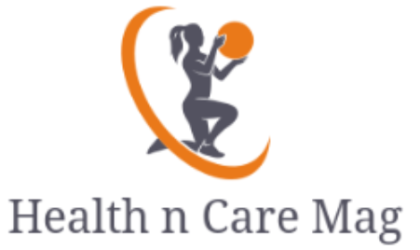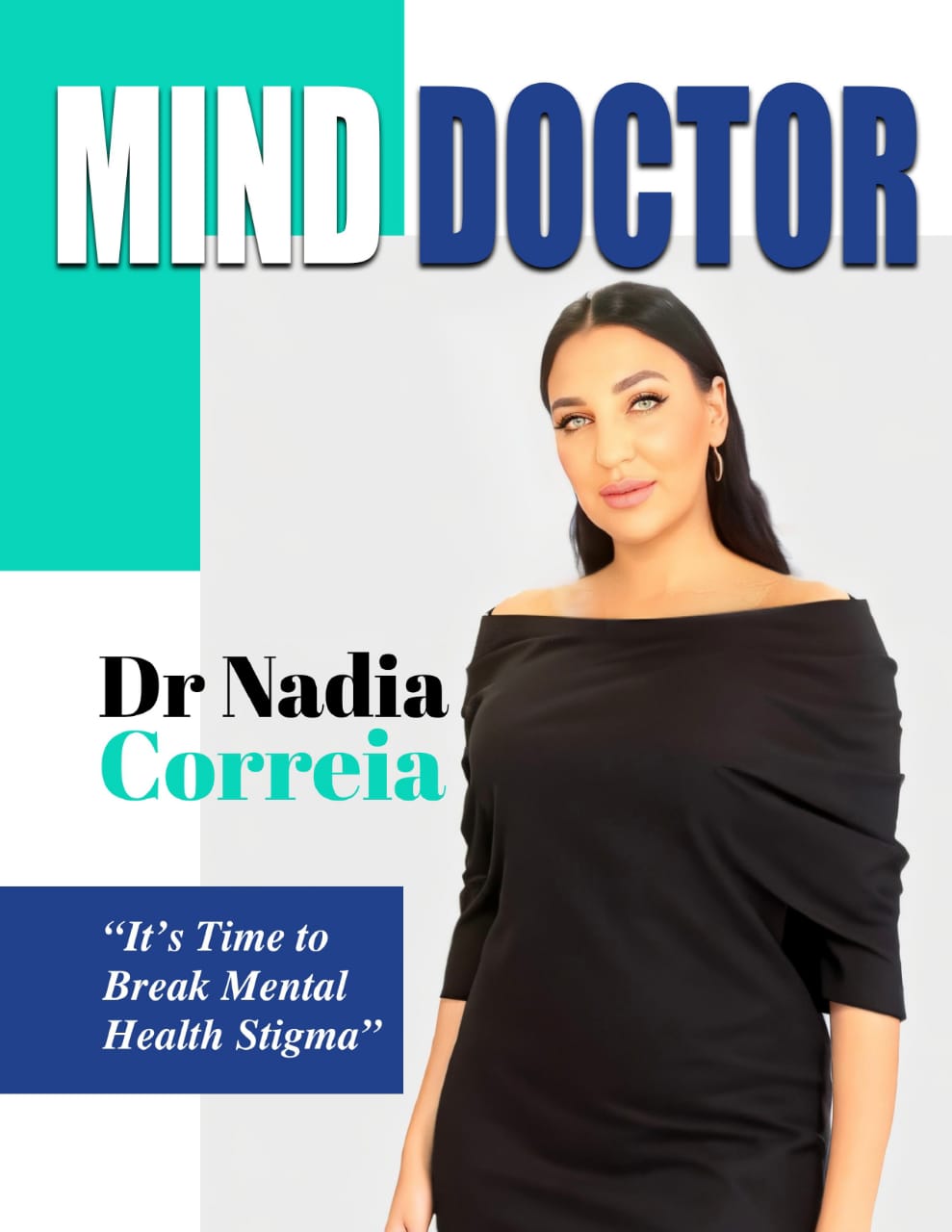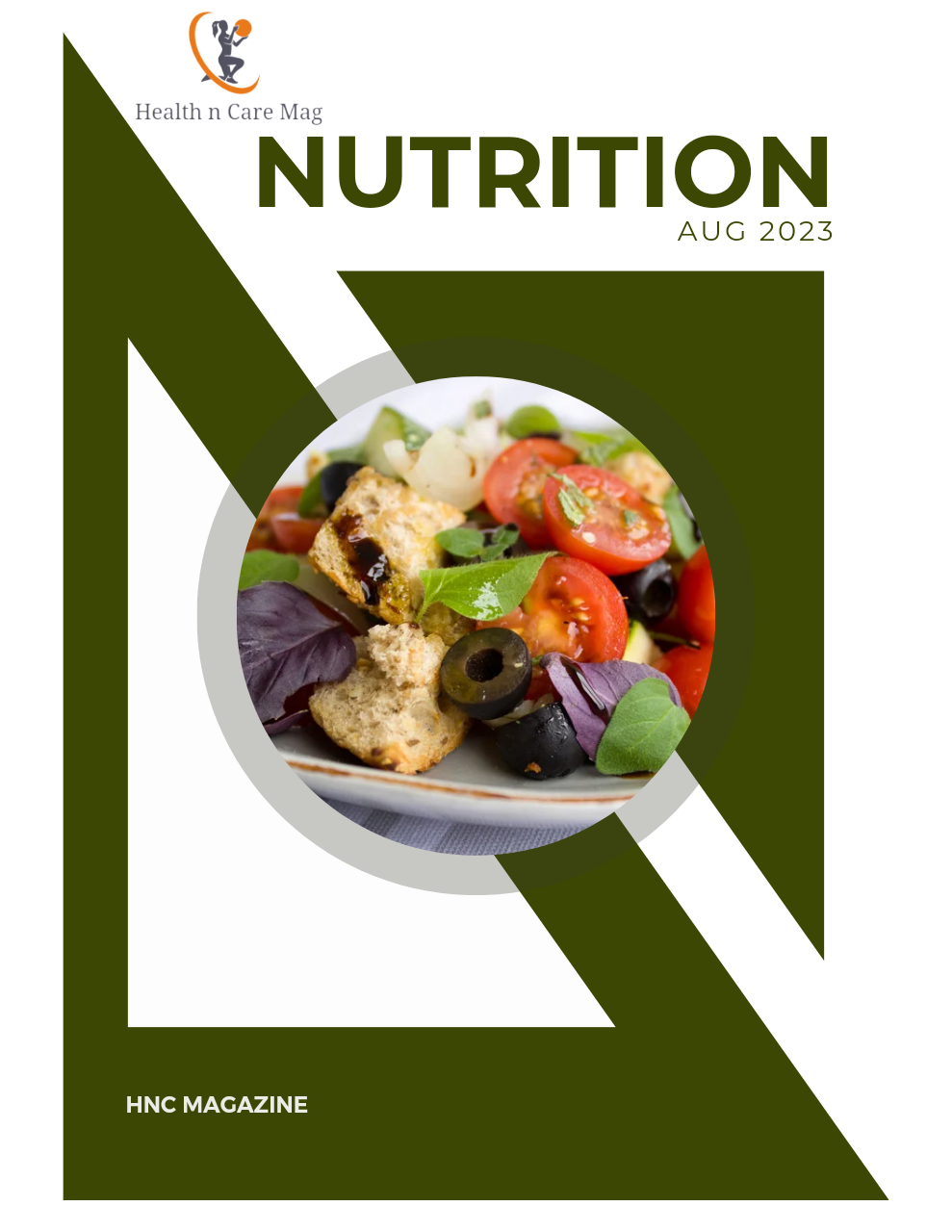Understanding The Unwanted Side Effects Of Dual Diagnosis
With the growth of cases related to substance abuse and mental illness, often known as dual diagnosis; there is now a need for proper knowledge and better understanding of both medical disorders. Information with regards to their medicine, the availability of the drug treatment programs, and the accessibility of patients to dual diagnosis treatment facilities are now readily accessible. Dual diagnosis characterizes both mental dysfunction and drug or alcohol addiction which need to be treated before they become worse and result to a more complicated work.
Reports suggest that individuals suffering from schizophrenia are more vulnerable to use of entry-level substances including cannabis and alcohol when compared to those hard-core street drug abusers without mental disorders. Other studies show that those diagnosed with schizophrenia prefers drugs that either counteract negative symptoms or induce psychotic symptoms than the depressant drugs. Substances allowing clients to self-medicate their uncomfortable neurological symptoms are those that are commonly used.
Note that that even severely mentally ill individuals with low-level substance use are also at high-risk and with adverse clinical results. Based on research, dual diagnosis patients are more vulnerable to hallucinations, depression and thought-disordered. They also have suicidal behavior than those with serious mental disorder, but don’t misuse either alcohol or drugs. They may also show physical violence towards others. Some reports note the association of drug abuse and schizophrenia with negative symptoms than only schizophrenia. Among those with high risk of obtaining dual diagnosis are young men residing in urban areas. The rates for community and for out-patient samples are 30% and 50% respectively, although there are modifications in the estimation. Financial constraints, homelessness, legal entanglements, family discord, poor self-care, and housing instability are among the highly-rated psychosocial difficulties.
The public sector serves as the primary source of medical care for the mental health of most dual diagnosis sufferers. The sector actually provides outpatients with six generic mental health treatments including customer advocacy and referral, medication services, psychosocial solutions, education and training, talk therapies, and crisis interventions. These services are being offered by the sector’s dual diagnosis treatment centers. Widely used among them is medication assistance as it helps lessen the psychological symptoms and substance abuse of the patients and may also keep them from hospital admission. However, the effects of medication aren’t permanent, most especially for individuals diagnosed with dual diagnosis. Psychosocial assistance seemed to redirect the patients into beneficial, meaningful, and structured activities.
It was determined that determination for change is the primary outcome and the pivotal variable for dual drug rehabilitation programs. The change is great among programs which use 12-step-type models. It’s expected then that the attitudes of dual diagnosis sufferers towards substance abuse, addiction, and mental disorder are symptoms of their functioning in the community.



